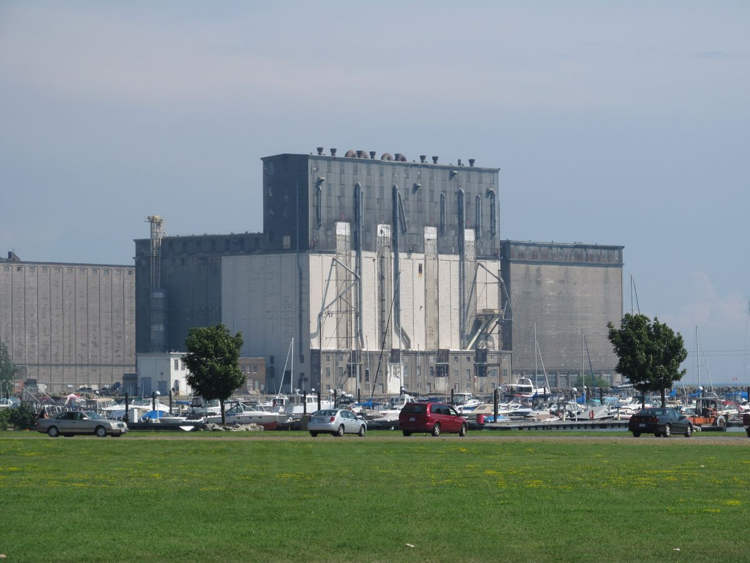If you thought nations like Luxembourg, Monaco or Lichtenstein were small, wait until you learn about the microscopic republic of Molossia.
It may have a surface of just half a hectare and look like any normal house hold in the American desert, but Molossia is a real country, with a leader and everything. The smallest country in the world is located near Dayton, Nevada and has been ruled for over 30 years, by President Kevin Baugh. But his great nation ( 2 sons and 3 dogs) has yet to file a complaint.
Molossia is the world’s smallest republic, but that doesn’t mean it doesn’t have laws. If you set foot on Molossian soil, you have to have your passport approved and stamped. The microscopic nation even has its own postal service, currency (made from poker chips), bottled water and the national dish is raw cookie dough.
Unlike other countries, Molossia has a simple, but well developed health-care system: every citizen can just go to the first-aid box and get whatever they need, for free.
Kevin Baugh, together with a friend came up with the idea of establishing their own micronation when they were teenagers, after watching The Mouse that Roared. Throughout the years Baugh even took his country to a “tongue-in-cheek” war with the neighboring microstate Mustachian, ruled by Sultan Ali-Ali Achsenfree, and won.
Molossia doesn’t pay American taxes and even wants to develop its own electric system to be even more independent.
Photos by CHRIS LOBINA/ REX FEATURES
via Telegraph.co.uk





















